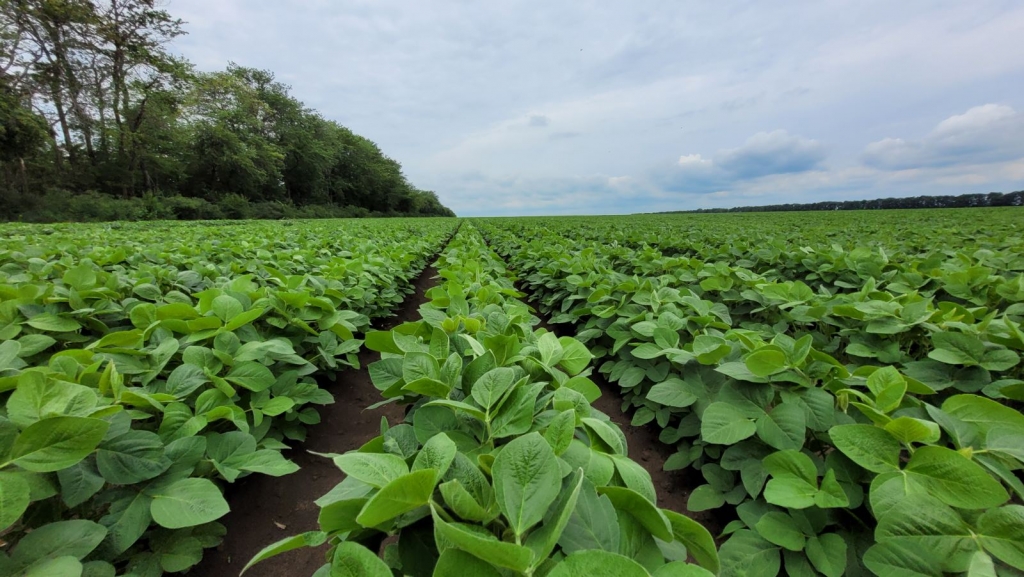Soybeans
Soybeans (Glycine max) are species of legume native to East Asia. It originates from China and becomes known in Europe not until the end of XIII century.
Ancient peoples used and appreciated soybeans in spite of not having the modern technologies to research and give a proof of soybeans taste and healing properties. Researchers, who admire soybeans since long ago, reveal more and more new valuable properties. The tiny yellow brownish seeds contain substances which help prevention of such serious diseases as cancer and cardiovascular suffering. Regular usage of soybeans in the menu reduces cholesterol in blood and blocks dangerous free radicals.
Soy flour, sauce and milk are soy food products.
A large number of scientists claim that the frequent use of soybeans has a more complete effect on human constitution in comparison to a list of other foods and it also helps health and long life. The beans contain significant amounts of phytic acid, alpha-linolenic acid, etc., some of which are unique. The soybeans also contain isoflavones (also called phytoestrogens or “the estrogens of Nature” which control hormone activities and prevent cancer), genistein, phytic acid, saponins, proteins, calcium, iron, magnesium, phosphorus, potassium, folate, etc.
Last but not least, soybeans are perfect for the farm animals.
Beans (Phaseolus vulgaris) are species belonging to the Fabaceae family. They were brought to Europe at the time of the Age of Discovery and Exploration. They originally come from South America but can practically be grown anywhere. They were cultivated long before the Incas and brought to Europe during one of Christopher Columbus’ expeditions. They were spread all over both Europe and the European colonies in Africa by the end of the XVI century due to their easy cultivation and the high yield of a single plant.
Beans are mostly grown for human food. Beans are high in protein, whose amounts are close to the ones of meat, fish and other animal products. They are assimilated quite of full value by the human constitution. They contain almost all unique amino acids. Dry beans are high in mineral salts. Calcium, phosphorus, magnesium and molybdenum are the most significant ones and they have also a great effect on the growth of the skeleton and teeth. Beans contain various vitamins: B, B1, nicotine acid, riboflavin and carotene. They act as an antidote of cholesterol by combining with it thus removing it from the blood serum.
The lentil (Lens culinaris) is a type of annual plant of the legume family (Fabaceae). It is grown for its seeds, which are used for food. It is a bushy annual plant originating from the areas of Asia and the Near East. It is considered that lentils have been one of the first crops domesticated. Archaeologists found boons of crops of the lentils type in ancient settlements dating back from over 8,000 years ago. Lentils were brought from Asia Minor and Asia into Europe and Africa and later on into the new continents.
Lentils are high in B1, B2, B3, B5 and B9 vitamins. They are an excellent source of minerals such as iron, magnesium, phosphorus and zinc. Lentils are also very high in fibre.

